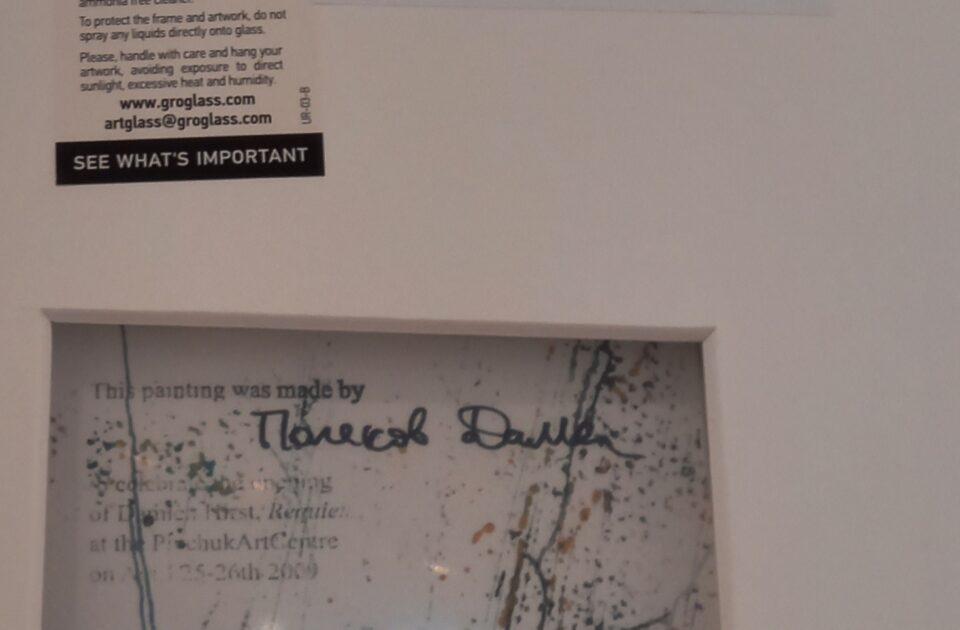DAMIEN HIRST, Bristol 1965: a contemporary art icon of the last forty years and one of the world’s most highly valued living artists.
Several works by the British artist have exceeded the 10 million euro threshold.
To this day, he holds a worldwide success, maintained since his beginnings in the late 1980s, when his cultural message gave voice to the group called Young British Artists (YBAs), active in London in the years when there was an explosion of creativity in other fields as well, such as music with the Britpop phenomenon. The birth of the group coincides with the Freeze exhibition, organised in 1988 by Damien Hirst, then a second-year student at Goldsmiths College in London.
He created installations, sculptures, paintings and drawings with the intention of exploring the complex relationship between art, life and death.
From an early age, the artist wanted to explore the unacceptability of the idea of death and this emerged in several of his works.
In 1991 he began working on the Natural History series, the artist’s most famous and in 1992 he showed the public what would become one of Damien Hirst’s most iconic animals, the shark in formalin from the famous The Physical Impossibility of Death in the Mind of Someone Living (1991) at the Young British Artists I exhibition at the Saatchi Gallery.
At the White Cube, he unveiled For the Love of God (2007), another famous work by Damien Hirst, a platinum skull studded with diamonds.
In 2008, there was a unique event for Hirst and the entire art world: the artist sold, without gallery intermediation, 244 new works at a Sotheby’s auction.
It was in Italy that one of Damien Hirst’s most ambitious projects was unveiled to the public for the first time. Venice was indeed the protagonist of Treasure from the Wreck of the Unbelievable, a work he had been working on for ten years, financed with the proceeds of the 2008 sale.
The artist had conceived for the spaces of Palazzo Grassi and Punta della Dogana a colossal exhibition in which he staged the fake discovery of the wreck of the ‘Unbelievable’, a ship that sank in ancient times.








